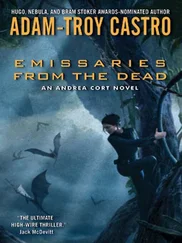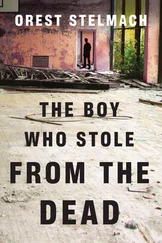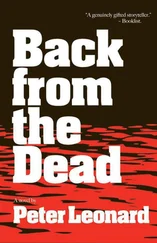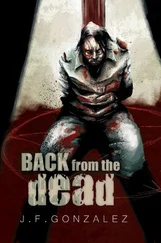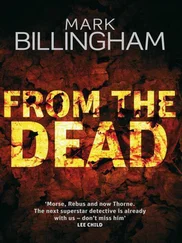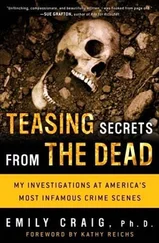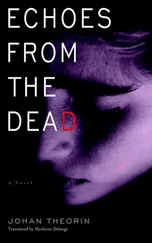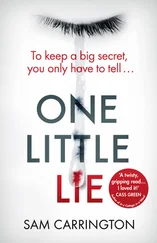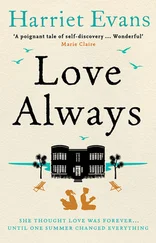I appreciated their concern as they directed me to my room and then showed me how to follow the arrows that had been taped inside elevator doors and at every landing, directing me to “DMORT-MST.” MST stood for “Management Support Team,” the administrative wing of DMORT. Whenever there's a disaster, MST is there, arranging for the living quarters, food, telephone lines, computers, faxes, photocopiers, and all the other necessities that nobody notices-unless they're not there. Now, MST staff helped me fill out all of the necessary paperwork and signed me up as a temporary employee of the U.S. Department of Health and Human Services (DHHS), part of their National Disaster Medical System. (In the summer of 2003, this division became part of the Department of Homeland Security.) As a member of their team, I'd be paid an hourly salary and receive a per diem allotment to cover food and incidentals. The hotel room was free, courtesy of my new employer.
Being in DMORT is a bit like being in the National Guard, although in our case response to an incident is strictly voluntary. We keep our regular jobs, but when the country needs us to serve somewhere, we work things out with our bosses and go. My superiors at home had agreed to bring in anthropologists from neighboring states to cover any routine cases that might arise, as long as I promised to come back if I were truly needed.
Over my three tours of duty in New York, I tried my best to keep up with my Kentucky commitments. When I was on the night shift, signing in at six p.m. and checking out at seven a.m., I made sure never to sleep past four p.m. so I could use that final hour of the normal workday to return calls to my home state. Then, sometime between two a.m. and four a.m., when there was usually a lull in activity at the morgue, I'd answer my office e-mail-courtesy of the library at nearby NYU Hospital, which had offered us their computer services. So even while I was serving DMORT in New York, I was still keeping up with my job in Kentucky: examining digital pictures of bones e-mailed to me by coroners (thankfully, all were nonhuman, or I might have had to go back); corresponding with detectives about active cases; and working with attorneys to arrange my scheduled testimony for upcoming trials. Because I was still working for the Commonwealth, I still had to fill out my time sheets, answer the many questions routinely called in by police and families, and otherwise provide the kind of ongoing presence required by my office.
All of us in DMORT had gone through a rigorous application process and, once we'd been accepted, we had to attend mandatory annual training sessions. Although I'd had plenty of experience working in emergency situations, this wasn't true for all the funeral directors, dentists, and other volunteers who'd come to DMORT from private practice, and it was important for us all to learn how to work together as one cohesive unit. For people used to being their own bosses, it was important to learn how to take orders, work under strict federal guidelines, follow protocol, and make the shift from dealing with individual patients to working on a virtual assembly line of people, living or dead. Those of us who dealt primarily in law enforcement had our own lessons to learn: how to develop working relationships with other types of professionals; finding ways of building trust and camaraderie and mutual respect. The last thing you want in an emergency situation is any kind of turf war.
Of course, people being what they are, there were turf wars, among us workers at the bottom and all the way up to the agency heads at the top. But by the time I came on the scene, ten days into the crisis, a lot of the interagency battles had already been sorted out.

At five forty-five the next morning, I walked into the hotel dining room that MST had reserved for our twice-daily meetings and immediately felt like part of the team. This kind of briefing was familiar from my days at Waco, though there were almost three times as many people at these meetings, and there was still more pressure to move quickly and cooperatively. It helped to be dressed like everyone else; all of us DMORT personnel were wearing standard-issue battle-dress uniforms: khaki shirts with button-down flap pockets, multi-pocketed pants, high-topped black combat boots-uniforms that made us instantly recognizable and helped us function as a unit amid the firefighters and police officers.
The businesslike briefing left little time for greetings and socializing. At six a.m. sharp, DMORT Region 4 commander Dale Downy started in with a quick report on the recovery efforts at the three terrorist target sites, relaying the latest words of encouragement from President Bush and DHHS Secretary Tommy Thompson. Then he gave us our assignments. I was going to the morgue to help with triage.
As I boarded the chartered bus that would take me down to the morgue, I couldn't quite picture what was in store. Despite my experience in multiple-fatality incidents, I'd never dealt with anything remotely like this-none of us had. In other cases, the scope of the disaster had seemed finite. We'd had some kind of list of who the victims were, records that enabled us to match remains to names. Here, the chaos seemed endless and so did the tragedy.
I was riding with a group of mortuary workers who had been in New York from early on. These old-timers leaned their heads against the windows and either stared into the dark or tried to nap, while a few of us newcomers talked quietly, trying to diffuse some of the nervous anticipation that became more intense the closer we got to Manhattan, our nerves keyed up by the flashing blue lights and whining siren of the police escort that led our way.
We arrived at the morgue just as the sun was coming up. The night-shift workers were anxious to board these same buses for the ride home and they'd gathered in the street behind the police barricade-groggy, dirty, with sightless, glazed-over eyes. They tried to greet us with encouraging smiles and handshakes, but I could tell they were exhausted.
I allowed my colleagues to sweep me along as we crossed the police barricade at First Avenue and funneled through the checkpoint set up by the New York State Police at the end of the block. The morgue was down 30th Street, half a block away.
Security was tight here, and each of us had to show our DMORT identification badge to two uniformed officers. Then I followed the other members of the team down this street toward the East River, into the tent city that had been set up within hours of the disaster to analyze and identify the remains of what was then assumed to be more than five thousand victims.
The OCME had commandeered the entire area, and I looked around quickly, trying to get the lay of the land. In the middle of the block was the garage-type entrance to New York City 's permanent morgue, on the ground floor of a six-story brick building that handled the “routine” violent and accidental deaths in this huge city. Within hours of the disaster, Chief Medical Examiner Dr. Charles Hirsch had realized that his regular autopsy suite would hardly be enough, and he initiated his agency's mass-fatality plan-turning his building's delivery garage into the disaster morgue and tacking on a three-sided tent, which extended our work space right down to the street. Heavy reinforced plastic flaps let us seal off the disaster morgue entrance tent from rain, wind, or cold, though the flaps were almost always left open to allow air to circulate and the typical morgue odors to dissipate. Despite the disaster, New York City 's regular forensic business had to continue, so the standard autopsy suite and the modified emergency morgue operated side by side as parallel worlds-one for routine violence, the other for disaster.
Читать дальше


